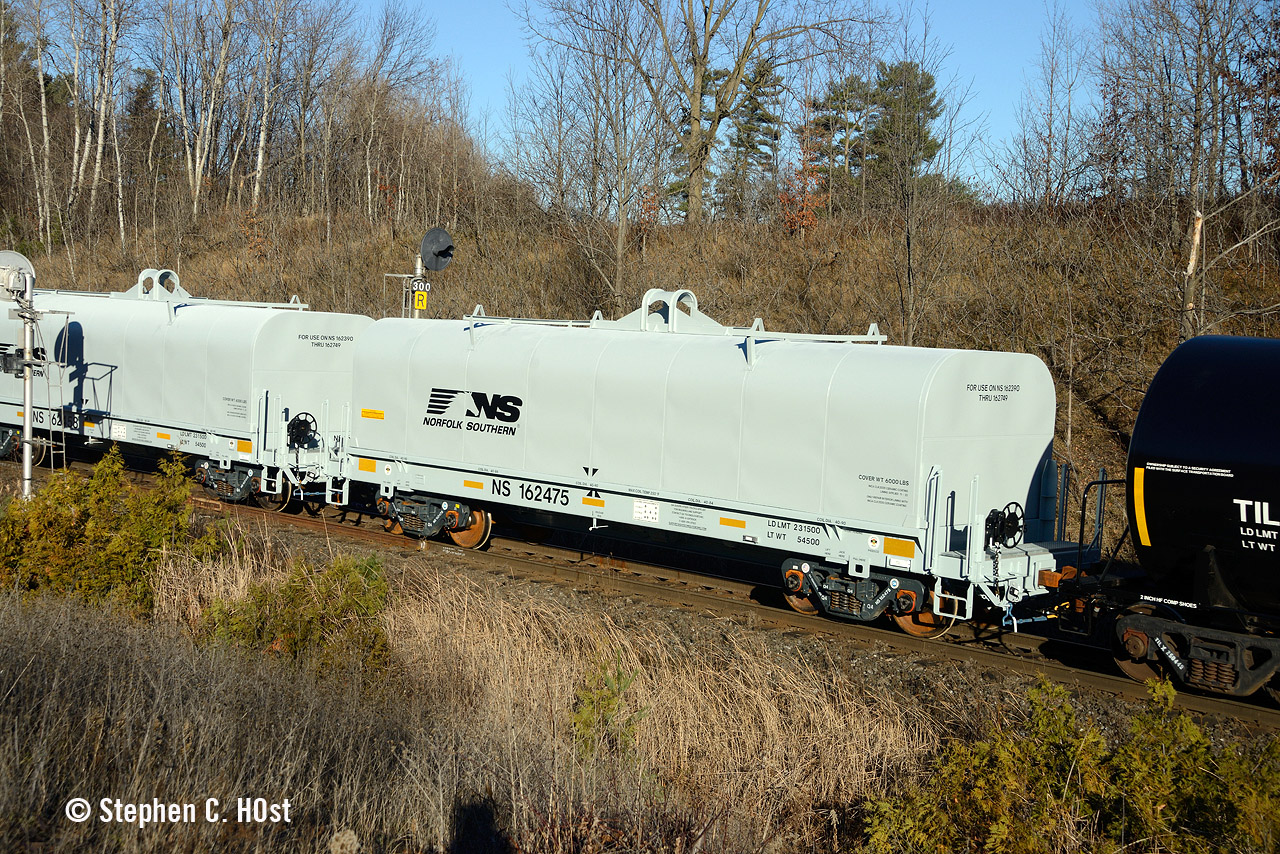
HAMILTON, Ontario – It turns out that the railroad industry’s emergency advisory sidelining 675 new steel coil cars with suspect wheelsets was a false alarm.
In the wake of a March 4 Norfolk Southern derailment in Springfield, Ohio, the Association of American Railroads issued an equipment advisory recommending that the cars, built by National Steel Car, be removed from service until their wheelsets could be replaced. NS had said that loose wheels on the cars presented an increased risk of an out of gauge derailment.
The equipment advisory was rescinded last week after National Steel Car data showed that all 2,700 wheelsets were installed properly, the carmaker said in a Friday news release.
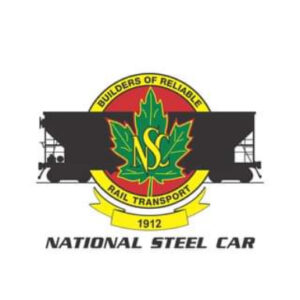 National Steel Car said it didn’t agree with the AAR’s March 9 equipment instruction advisory, but began collecting relevant data as part of a safety review. The data was presented to the AAR, National Transportation Safety Board, and the Federal Railroad Administration.
National Steel Car said it didn’t agree with the AAR’s March 9 equipment instruction advisory, but began collecting relevant data as part of a safety review. The data was presented to the AAR, National Transportation Safety Board, and the Federal Railroad Administration.
“The overwhelming data, approximately 7,000 records for all 2,700 wheelsets, prove that the AAR … mounting requirements were met, and that the report of loose wheels was misleading,” National Steel Car CEO Gregory J. Aziz said in a statement. “Through the use of laser scan data, the three wheels which moved on their axles were proven to be a direct result of an enormous impact being applied to the wheelsets during the Springfield, Ohio, derailment.”
The 210-car, 17,966-ton merchandise train that derailed in Springfield had the bulk of its tonnage at the front and rear of the train, with empty cars sandwiched in between, the FRA said in a train makeup safety advisory issued earlier this month. The train had three locomotives on the head end and two distributed power units placed midtrain.
“The train was traveling on an ascending 0.6% grade with a heavier part on a 0.7% downhill grade,” the FRA said. “The weight was mostly concentrated at the head and rear ends of the train. During the accident, dynamic braking was applied only to the headend locomotive consist, while the DPUs were idle, making it function like a conventional train. The derailment happened at the sag between ascending and descending grades, with short, empty rail cars designed to ship coiled steel being the first to derail. Buff forces peaked as the downhill portion of the train ran-in, causing the derailment of cars 70-72 and the subsequent pile-up.”
A motorist’s dash camera caught what appeared to be the beginning of the 28-car derailment at a grade crossing.
After reviewing the evidence from National Steel Car, the NTSB, and FRA, the AAR’s Wheels, Axles, Bearings and Lubrication Committee voted in an April 10 emergency meeting to cancel the equipment advisory covering the National Steel Cars.
“We are very pleased indeed that the cancellation of AAR EI-0033 completely exonerates National, in all respects, regarding this derailment,” Aziz said, referring to the AAR equipment instruction advisory.
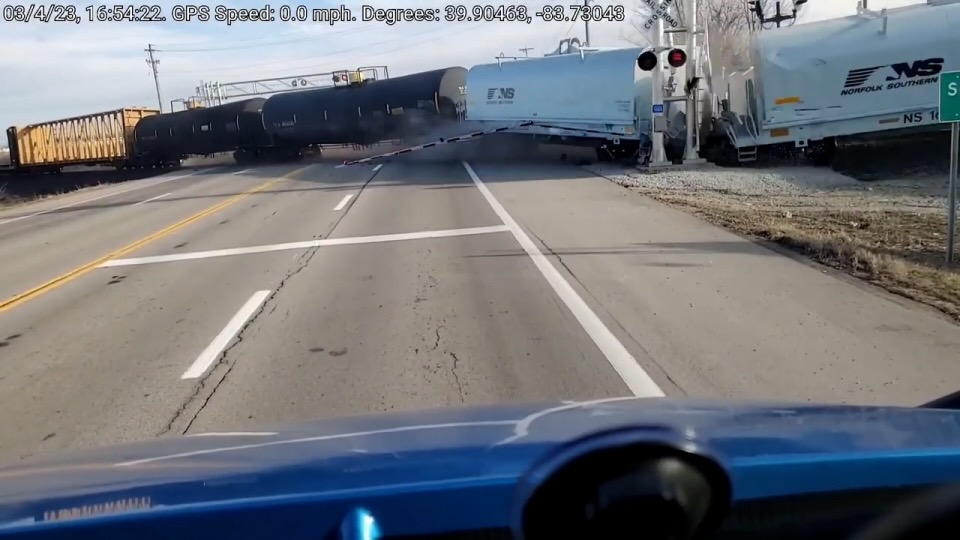






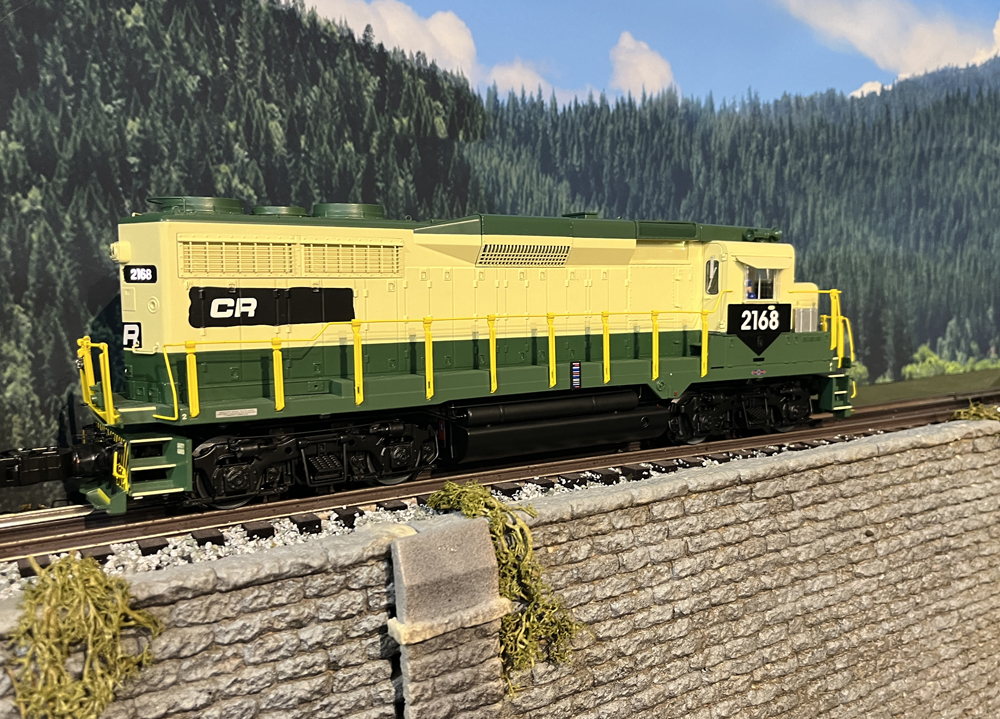
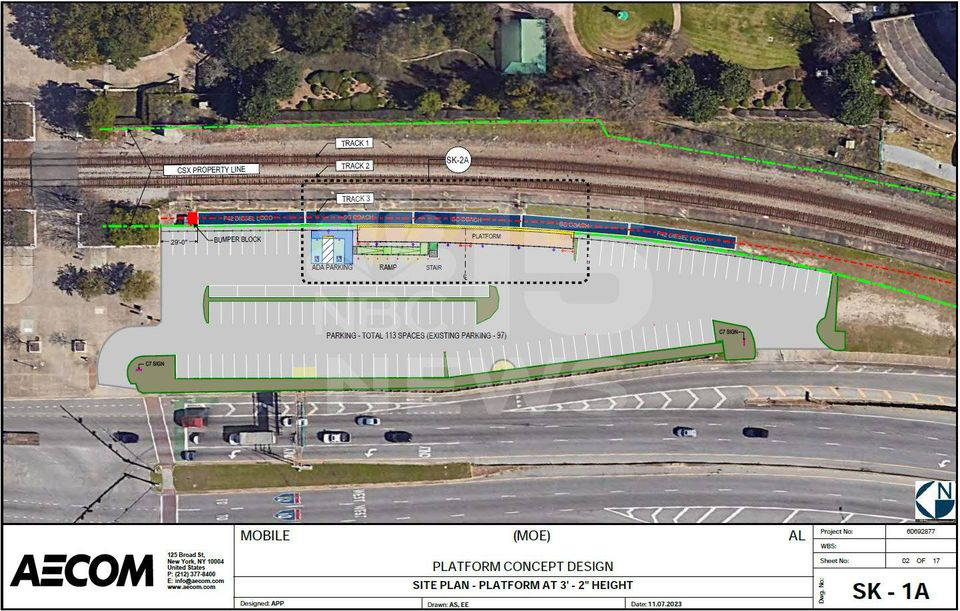
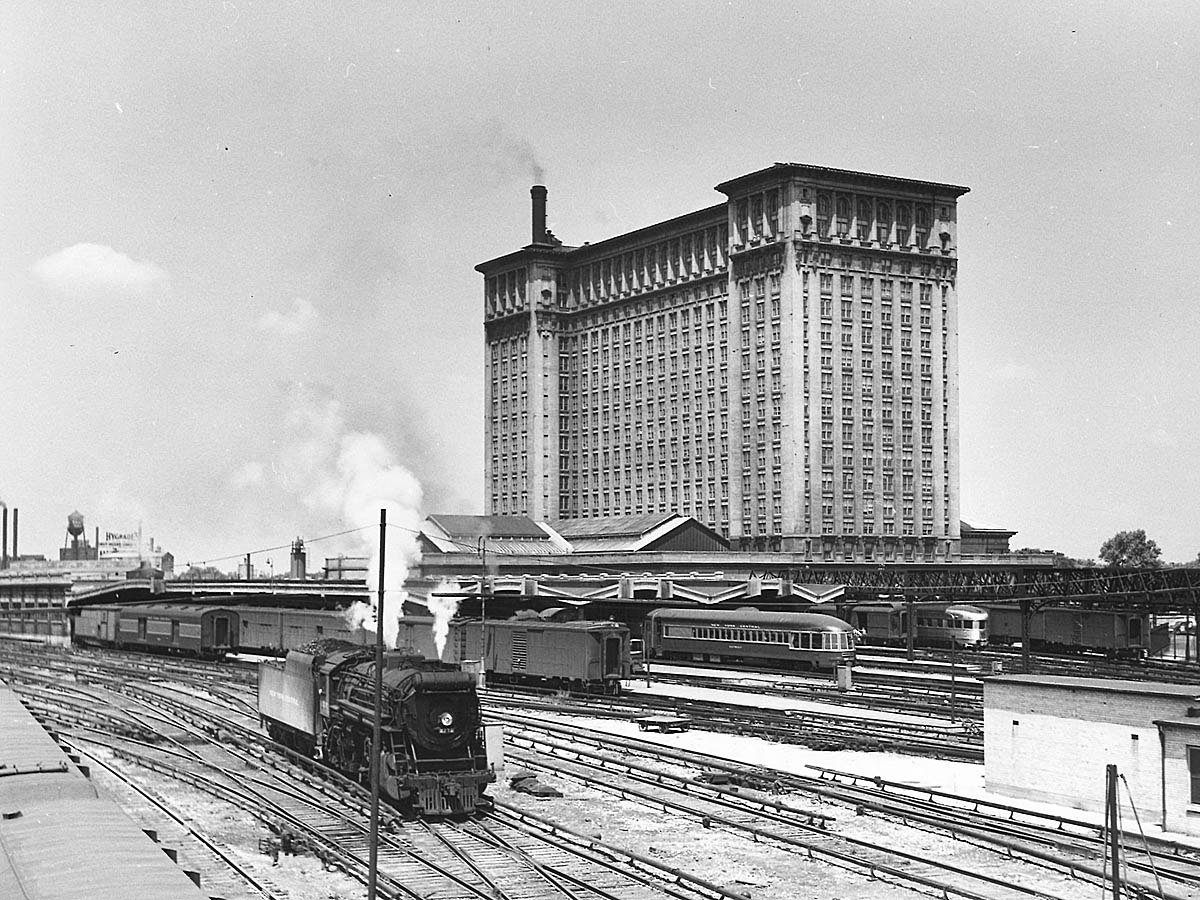
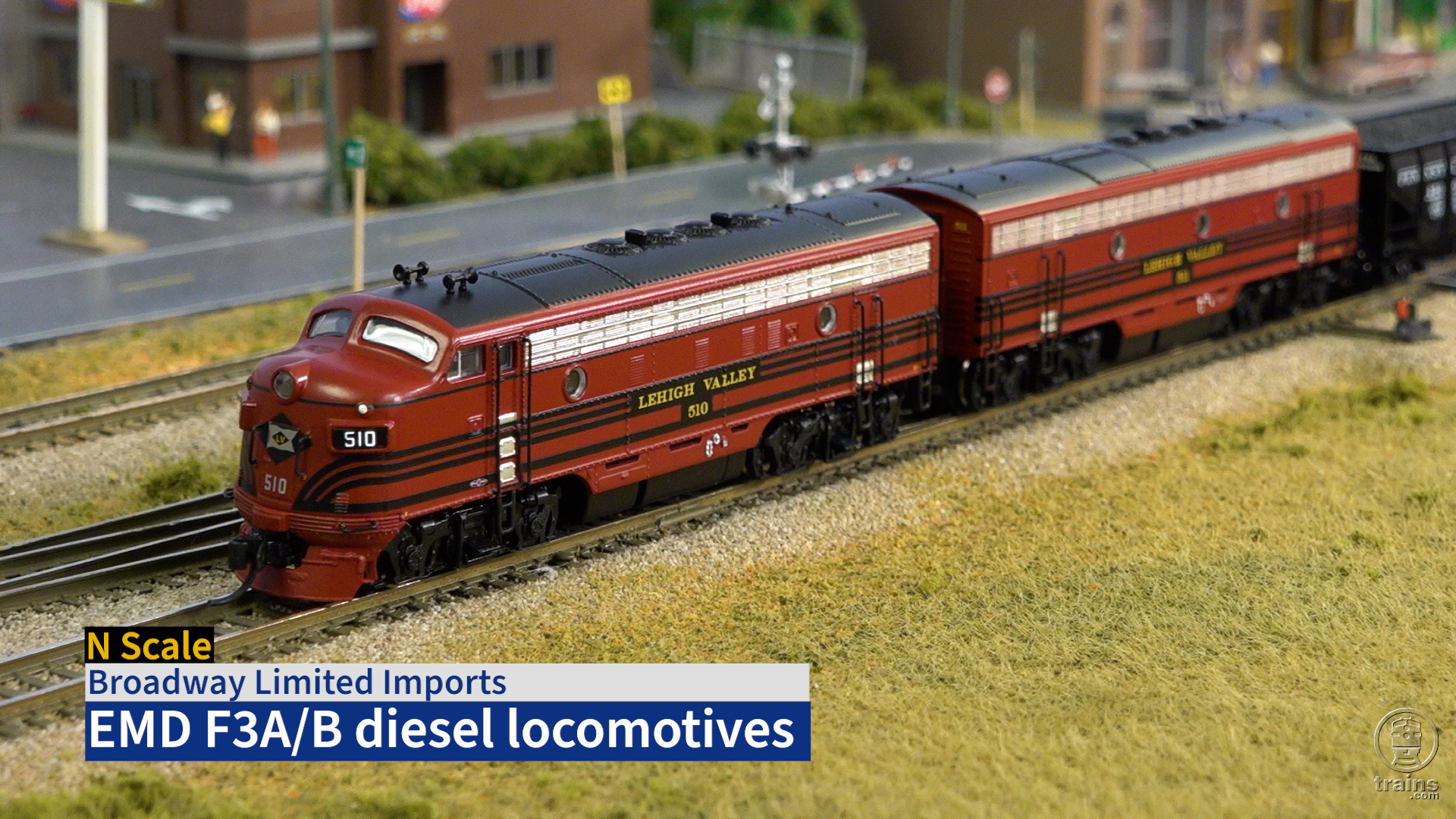




Why not place the power(locomotives) in the centre of the train, and use a modified caboose, on the front of the train, as the crew facilities for control?
Chris Boza, I agree! The folks who knew and understood train-track dynamics were lost or pushed to the side during the rush to worship at the PSR/DPU alter.
RRs are now scrambling to fix the problem…
Trend towards higher gross weight to tare ratios and disparity in length and more one-way shipments (no reload) make the problem worse.
This is an issue with pre-blocking for set-outs and pick-up enroute.
By pre-blocking, hump yards were idled. Traditionally, most, though not all, of the empty cars were at the back of a freight consist. The hump yard was used to re-sort the cars, much like shuffling a deck of cards. However, that took time, with dwell time higher.
That’s where pre-blocking came into play. It saved time and money, which in turn lowered operating costs. That is what EHH was all about; reducing costs for greater profits and share holder return.
There is a dark side to the pre-blocked mega trains, excessive buff and draft forces. In a previous article, the Class I’s all stated they have computer algorithms to calculate buff and draft forces. As I stated, that is a fools errand. There is not enough computing power to calculate the buff and draft forces of a monster freight over the entire route.
And that, is where management makes generalized assumptions on the buff and draft forces. (Remember, the three base root words in assumption, ass -you-me.) Those assumptions are used to determine the amount of risk they are willing to take getting a freight from Point A to Point B.
In general terms, “Risk” is defined as the probability or potential for an event to cause damage, injury, or death. Since there is potential for everything to cause damage, injury, or death, we manage “Risk” every day. (Drive your car? That’s a risk you manage. Mow the lawn? That’s a risk you manage.)
Perhaps it’s time for the Risk Managers to insist on getting back to basic railroading.
A train makeup as described would have been flagged by both SP’s makeup requirements of 1980, and UP’s of 2012 [and much earlier].
210 cars, 17,966 tons, what could go wrong? Railroads are playing Russian Roulette with these monster trains.
So, NS and by close association, the entire rail industry loses more credibility. Anyone watching the dash cam can see the cars rising up then heading off for greener pastures.